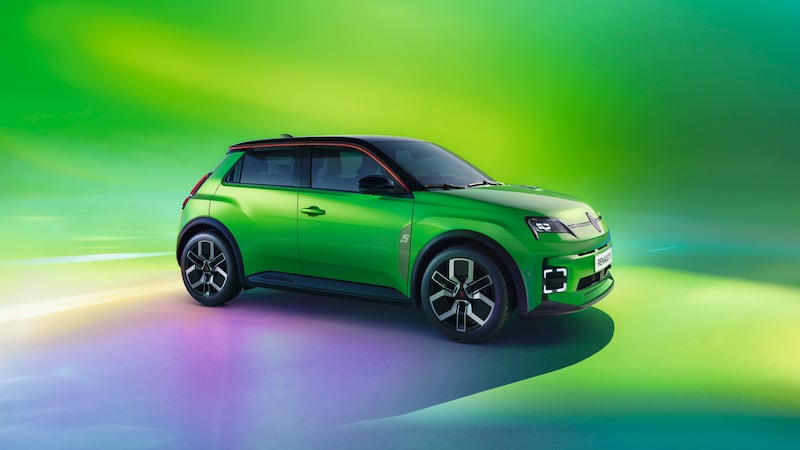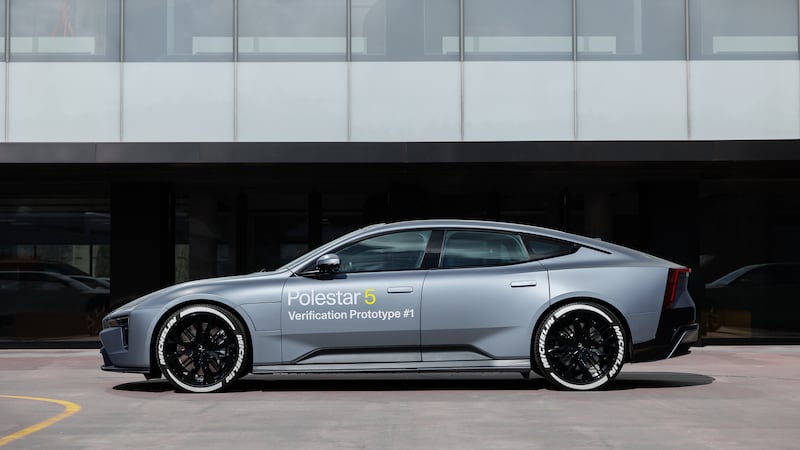With the recent reveal of the new Vauxhall Frontera, we see another familiar name return to the UK car market.
A lot of research, time, money and effort goes into coming up with names for new car models, however, within the last decade we have seen a steady amount of famous names return – but in different body styles.
Cars like the Fiat 500, Volkswagen Beetle and Mini all made a comeback reliving a retro and iconic design while transferring their famous names from the 20th into the 21st century.
However, there are some cars that you wouldn’t think would be launched with a name that resembles the past of a well-known model.
So, here is our list of cars that carried a name badge that resembled an older model from the past.
Vauxhall Viva
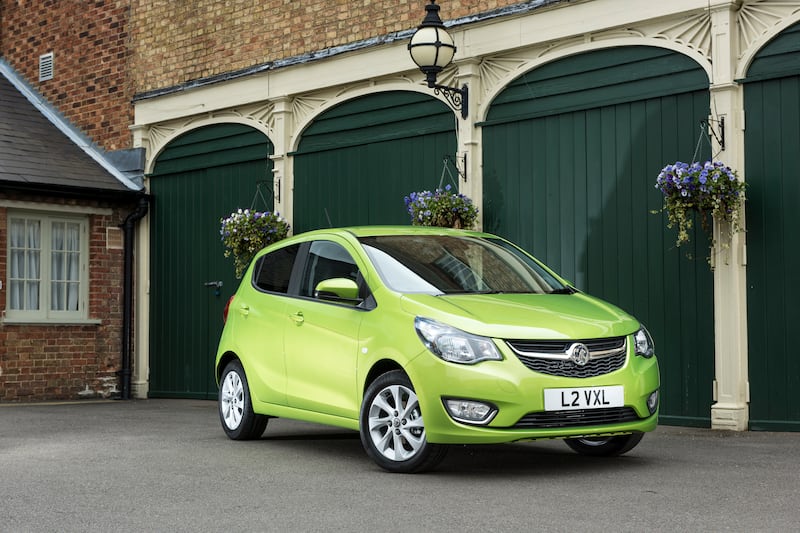
The original Viva was launched in 1963 and ran until 1979. The Viva was a small family car that was one of the most popular cars on British roads throughout the 1960s and 1970s – with over 1.5 million units produced.
It came as a total shock then, that in 2015 Vauxhall would revive the name of a memorable classic to its new Chevrolet Spark-based city car.
The 2015 Vauxhall Viva was a five-door city car to rival the Hyundai i10 and Toyota Aygo and was phased out of production in 2019.
It came with a 1.0-litre three-cylinder petrol engine that developed 75bhp – however, a small boot and lack of refinement meant the Viva lacked behind key rivals like the Volkswagen UP!
Ford Puma
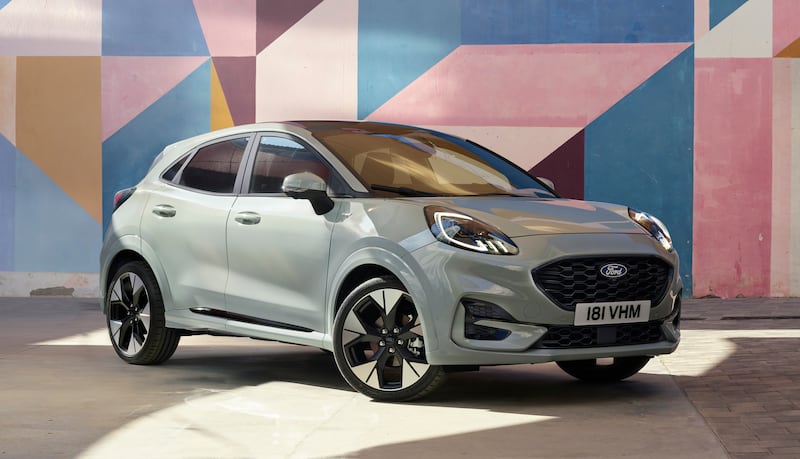
The Ford Puma first went on sale in 1997 and became famed for its fun driving dynamics, well-tuned chassis and cheeky looks.
It was essentially a Fiesta with a prettier coupe body, but that made the Puma a very desirable package and today it is seen as a future classic.
In 2000, the Puma was given a sportier makeover with the Ford Racing Puma – which came with a 1.7-litre four-cylinder engine that produced 153bhp and was limited to just 1000 units.
The old Puma went out of production in 2002 – until in 2019 the Puma name returned – but not with the same identity.
Instead, the Puma returned as a baby crossover to rival the Nissan Juke. But, that hasn’t caused sales to dwindle, as the Puma has become one of the UK’s best-selling cars and is great fun to drive thanks to sharp handling and little body roll.
The current Puma shares its platform with the recently demised Fiesta hatchback.
The Puma ST also gives the model a sporty pedigree just like the original Ford Racing Puma.
The ST comes with a 1.5-litre three-cylinder turbocharged engine that produces 197bhp and has a top speed of 130mph – with a new model being released this year with a 1.0-litre three-cylinder turbocharged engine mated to an automatic gearbox.
Renault 5
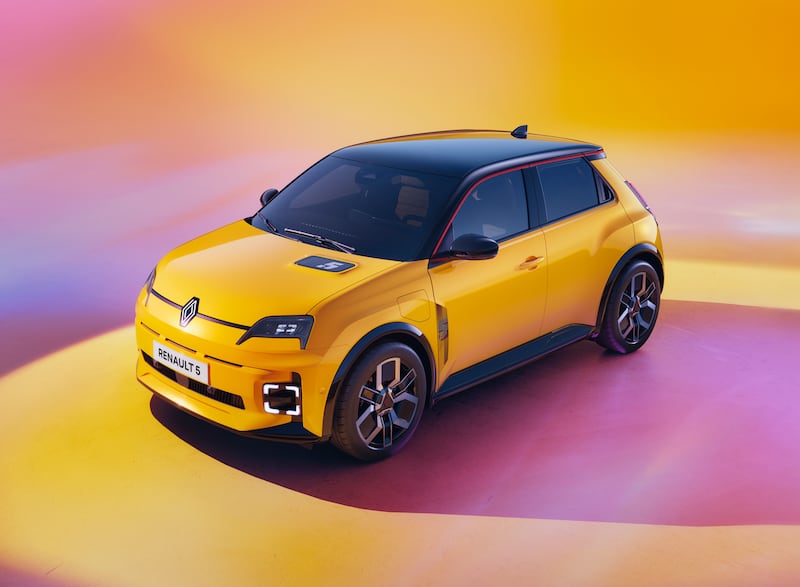
The Renault 5 was replaced by the well-known Clio back in the early 90s, but the 5 name is set to return this year with a retro-inspired electric hatchback called the 5 E-Tech.
With no plans to drop the Clio, for the first time in Renault’s range, the Clio and 5 E-Tech models will both be on offer.
The original Renault 5 went on sale in 1972 and became the supermini of choice if you wanted French style with low running costs, an affordable price tag and good driving characteristics.
A variety of performance models came along with the 5 GT Turbo, Gordini and the mid-engined Turbo.
The new 5 E-Tech will also have a performance model later down the line with the Alpine A290.
DS3
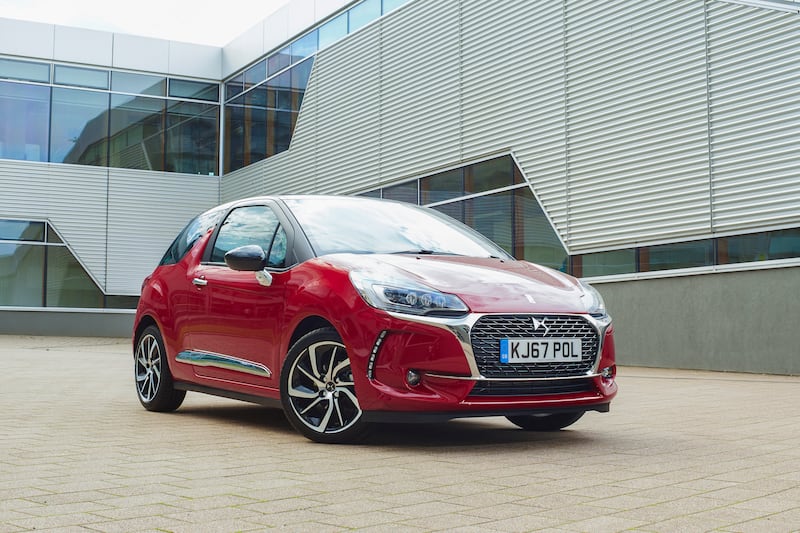
The original Citroen DS from the 50s was a revolutionary car. Not only did it look like no other car, but it also was the first model to use Citroen’s legendary hydropneumatic suspension.
The French firm’s hydropneumatic suspension was a world first for production cars. Instead of using coil springs, Citroen’s system uses a sphere-shaped spring absorber with inert gas and nitrogen on one side and incompressible hydraulic fluid filled that was connected to the suspension on the other side. The result? An incredibly comfortable and cloud-like ride.
The DS became an iconic car for the 20th century and even to this day, is an all-time classic with many different permutations including an estate, convertible and four-door saloon.
In 2010, Citroen decided to revive the DS name with a posh sub-brand starting with the DS3.
The DS3 was a quirky and cool-looking supermini that rivalled the Mini and Audi A1.
A hot Racing version followed in 2011 with a 1.6-litre turbocharged engine that was taken from the Mini Cooper S – producing 204bhp and had a top speed of 140mph.
Lamborghini Countach
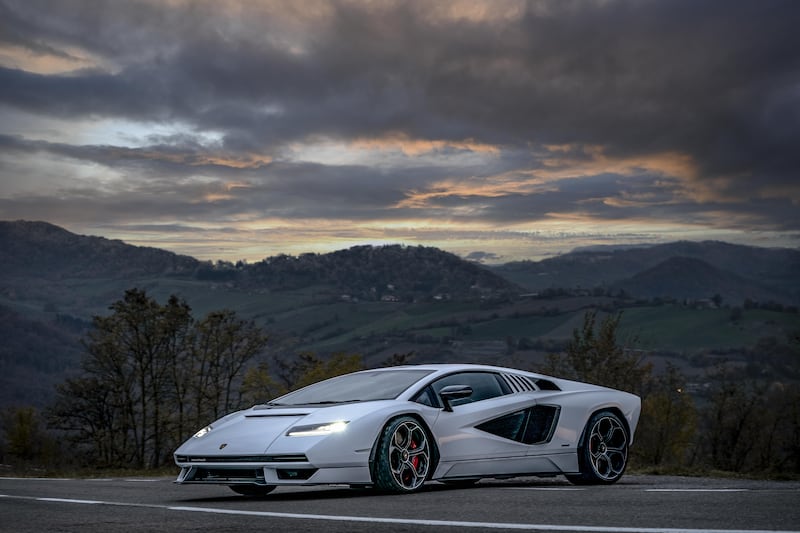
Lamborghini has always known how to make the perfect pin-up bedroom wall supercar. Ever since the company moved from making tractors to vehicles, they have made some great cars with unforgettable names.
One that the Italian supercar maker made back in the 1980s was the Countach – a direct rival to the Ferrari Testarossa.
The original Countach production ran from 1974 until 1990 – but in 2021 the Countach name made a return to the Lamborghini line-up and was still a fully-fledged supercar with hybrid power.
Only 112 Countach LPI 800s were made and come with a V12 engine with an electric motor, enabling it to do 0-60mph in just 2.6 seconds, has a top speed of 220mph and produces 803bhp.
